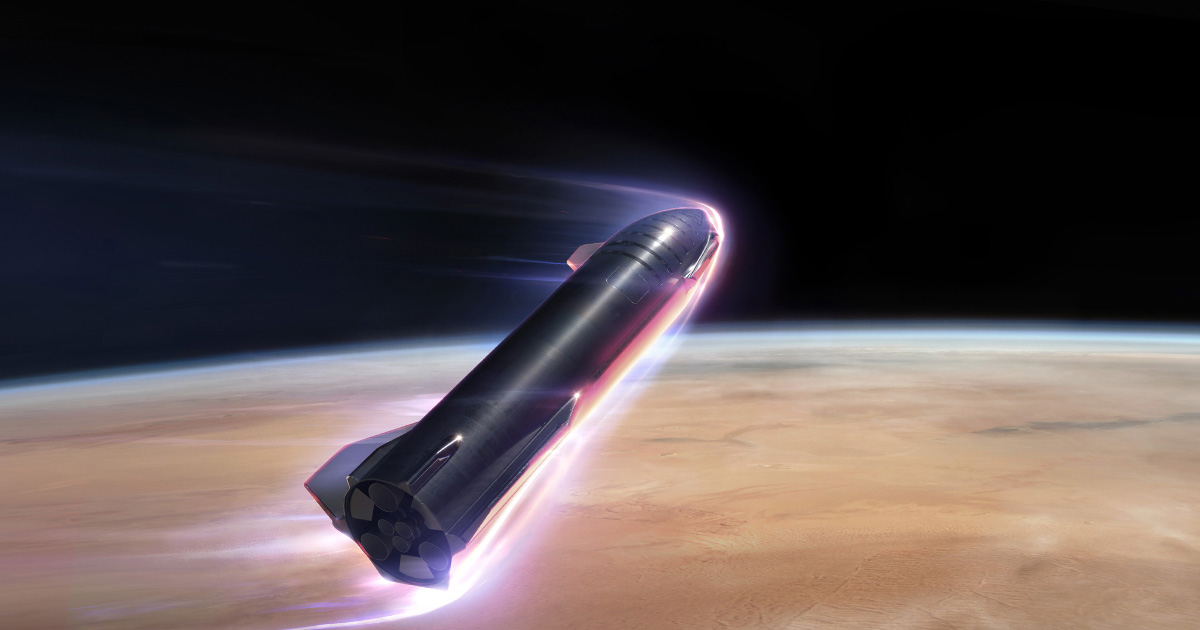SpaceX’s decision
to use 304L stainless stee for its Starship spacecraft raw material is based on
several advantages that stainless steel offers in the context of space rockets:
-
Strength and Durability: Stainless
steel is known for its high strength and durability, which are crucial
qualities for withstanding the demanding conditions of space travel, such
as extreme temperatures, pressure differentials, and structural stress.
-
Heat Resistance: Stainless steel
can withstand high temperatures, making it well-suited for the intense
heat generated during re-entry into Earth’s
atmosphere. This heat resistance helps protect the spacecraft and its
contents during the atmospheric re-entry process.
-
Corrosion Resistance: Stainless
steel is highly resistant to corrosion, which is important for maintaining
the structural integrity of the spacecraft over its lifetime and in the
harsh conditions of space.
-
Rapid Prototyping and Fabrication:
Stainless steel is relatively easy to work with and allows for rapid
prototyping and fabrication of spacecraft components. This enables SpaceX
to iterate designs quickly and efficiently during the development and
testing phases.
-
Reusability: SpaceX’s goal is to make space travel more cost-effective by
developing reusable spacecraft. Stainless steel’s
durability and resistance to fatigue make it well-suited for multiple
launches and re-entries, contributing to the overall reusability of the
Starship system.
-
Cost-Effectiveness: Compared to
other advanced materials like carbon fiber or titanium, stainless steel is
relatively cost-effective. This helps SpaceX keep manufacturing costs
lower while still maintaining a high level of performance and reliability.
Overall, the advantages of stainless steel,
including its strength, durability, heat resistance, corrosion resistance, ease
of fabrication, reusability, and cost-effectiveness, make it a suitable choice
for SpaceX’s Starship spacecraft and align with the
company’s goals of advancing space exploration through
innovation and efficiency.


